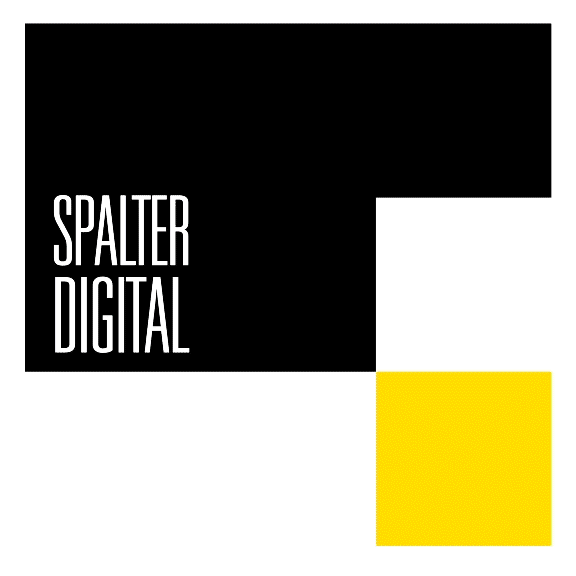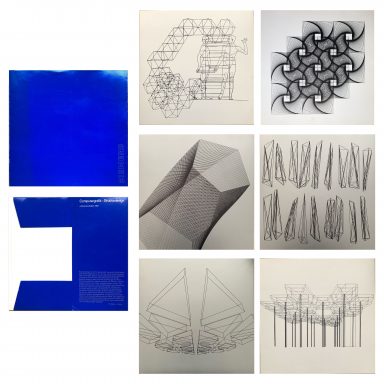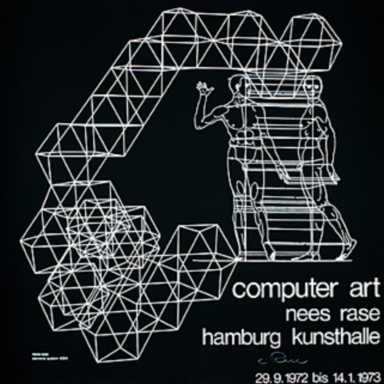Basic Info
Name: Ludwig Rase
Country of Origin: DE
Description
Born in 1925 in Nuremberg, Germany, Ludwig Rase was an architect, urbanist, and artist who experimented with developing computer-based construction plans. He is best known for his collaborations with the academic and artist George Nees.
Rase studied architecture in Munich in the late 1940s before beginning his career in the same city. In 1969, he began collaborating with Nees in developing computer-based construction plans, and their work became known as a milestone in computer-aided architectural design. Working with Nees, Rase created the first computer-based construction plan to be implemented in Germany, the Siemens pavilion located at the Hanover Messe of 1970. The pavilion had a modular roof structure supported by columns. The pair also created one of the earliest and best known computer graphics with an architectural reference: the “Kubo-Oktaeder”, also known as Cubo-Octaeder or Cuboctahedron. Rase also designed a pavilion for the 1970 German Industries Fair in Sao Paulo.
Rase continued to live and work in Munich until his death in 2009.


